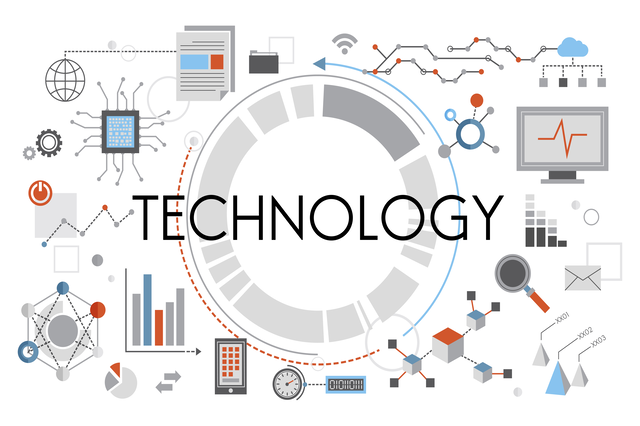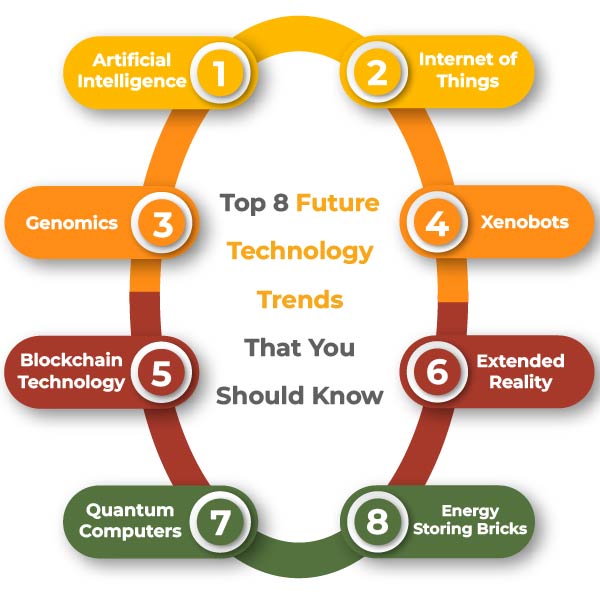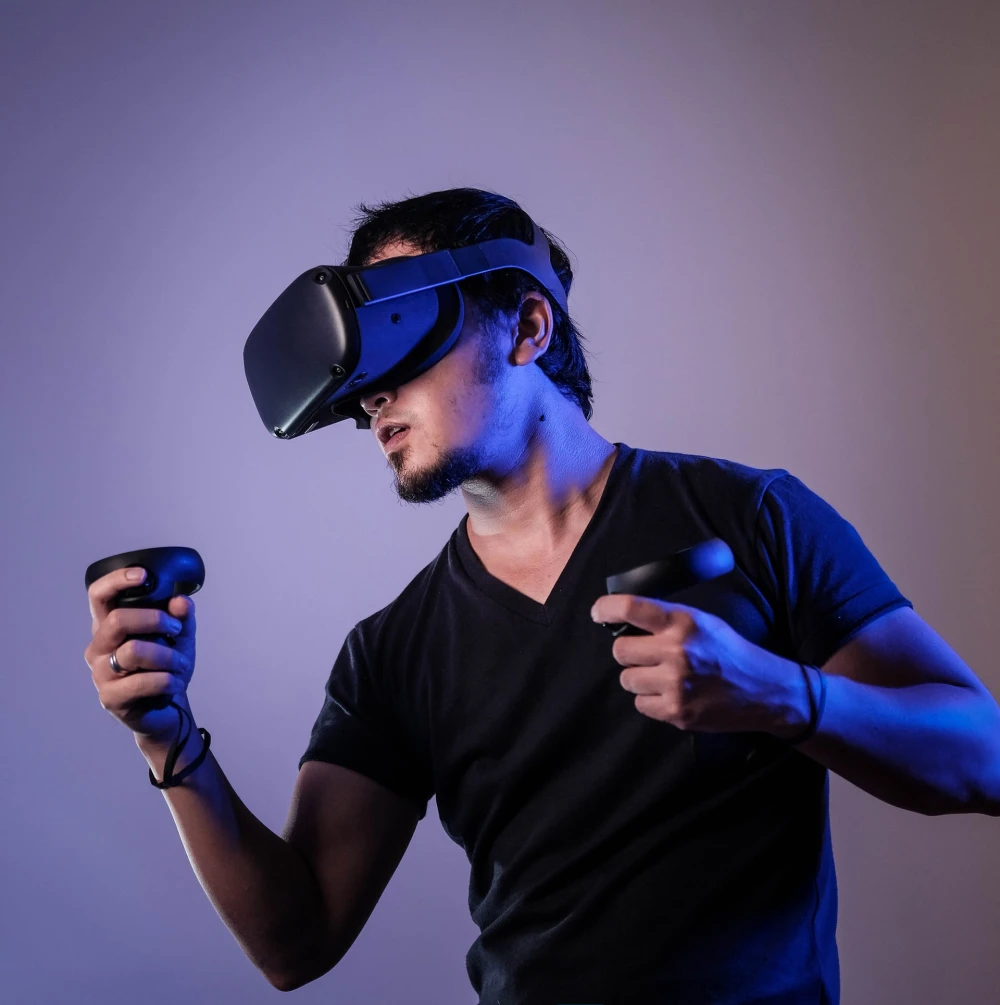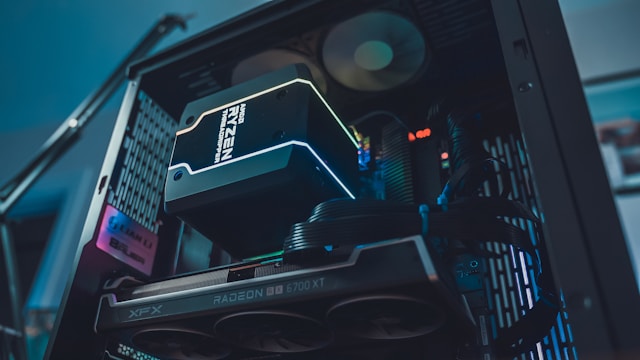Future Tech Trends

Tech Trends to Watch: What’s Next in the World of Innovation?
The world of technology is a constantly evolving landscape. Just when you think you’ve grasped what’s new, another groundbreaking innovation emerges, reshaping industries and redefining how we live and work. Keeping track of these trends can feel overwhelming, but it’s essential for businesses, tech enthusiasts, and anyone who wants to understand the future.
This post will delve into some of the most significant tech trends poised to dominate in the coming years. We’ll explore their current state, potential impact, and what you need to know to stay ahead of the curve.
Artificial Intelligence (AI) – More Than Just Buzzwords
Artificial intelligence isn’t just a futuristic fantasy anymore; it’s deeply embedded in our daily lives. From personalized recommendations on streaming services to virtual assistants like Siri and Alexa, AI is already ubiquitous. However, we’re only scratching the surface of what’s possible.
Currently, much of the AI we interact with falls under the umbrella of narrow or weak AI, designed for specific tasks. Think image recognition, language translation, or spam filtering. But the focus is shifting towards generative AI – systems that can create entirely new content, like text, images, and even code. Tools like ChatGPT, DALL-E 2, and Stable Diffusion have demonstrated incredible capabilities in this area.
What to expect: Expect to see AI increasingly integrated into every facet of business and daily life. Automation will continue to reshape industries, boosting efficiency but also requiring workforce adaptation. Look for advancements in areas like personalized medicine (AI-driven diagnosis and treatment), autonomous vehicles becoming more widespread (though regulatory hurdles remain), and the evolution of customer service through sophisticated chatbots.

The Metaverse – Beyond the Hype
The term “Metaverse” gained significant traction, and then some backlash, in recent years. While initial hype may have subsided somewhat, the underlying concept—a persistent, shared digital world—holds considerable potential. It’s important to understand that the metaverse isn’t a single entity; it’s more of a vision for how different virtual worlds can interconnect.
Current State: We currently see fragmented metaverse experiences – gaming platforms like Roblox and Fortnite, virtual social spaces like VRChat, and corporate attempts at creating immersive environments. The technology underpinning the Metaverse is still developing; VR/AR headsets need to become more comfortable, affordable, and user-friendly.
What to expect: The metaverse’s true potential lies in its ability to blend physical and digital experiences – think attending a concert virtually with friends from around the world or collaborating on a project using 3D models within a shared virtual space. Look for increased adoption of AR glasses, improved interoperability between different platforms (a key challenge currently), and new use cases beyond gaming and entertainment.
Quantum Computing – A Paradigm Shift
Quantum computing represents a fundamental shift in how we approach computation. Unlike traditional computers that store information as bits representing 0 or 1, quantum computers leverage the principles of quantum mechanics to store information as qubits, which can exist in multiple states simultaneously.
This allows quantum computers to tackle problems that are intractable for even the most powerful classical computers. Think about drug discovery (simulating molecular interactions), materials science (designing new materials with specific properties), and cryptography (breaking existing encryption algorithms).
Current State: Quantum computing is still in its early stages of development, facing significant challenges like maintaining qubit stability (quantum decoherence) and scaling up the number of qubits. Companies like IBM, Google, and Microsoft are heavily invested in building quantum computers.
What to expect: While widespread adoption is likely years away, breakthroughs in quantum computing will have profound implications for various industries. Expect accelerated drug discovery timelines, advancements in materials science, and the potential need for new cryptographic standards to protect against attacks from quantum computers.
Web3 – Decentralization and Blockchain Technology
Web3 refers to a vision of the internet built on decentralized technologies like blockchain. Unlike Web2 (the current web dominated by large tech companies), Web3 aims to give users more control over their data and online experiences, removing intermediaries and fostering greater transparency.
Current State: Blockchain technology underlies cryptocurrencies like Bitcoin and Ethereum, but its applications extend far beyond finance. NFTs (Non-Fungible Tokens) have gained popularity as a way to represent ownership of digital assets. Decentralized Autonomous Organizations (DAOs) are experimenting with new models for governance.
What to expect: While the hype around some Web3 aspects has cooled, the underlying principles of decentralization and user empowerment remain compelling. Expect more sophisticated DeFi (Decentralized Finance) applications, increased adoption of NFTs in various industries (art, gaming, music), and new models for content creation and ownership.
Sustainability Tech – Addressing Climate Change
The growing urgency to address climate change is driving innovation in sustainability tech. This encompasses a wide range of technologies aimed at reducing environmental impact and promoting sustainable practices.
Current State: Solar energy, wind power, and electric vehicles are becoming increasingly mainstream. Smart grids, carbon capture technologies, and precision agriculture are gaining traction. Companies are also exploring new materials (e.g., bio-plastics) to replace traditional plastics.
What to expect: Expect a surge in investment and innovation in sustainability tech across various sectors. Look for advancements in energy storage (batteries), green hydrogen production, carbon removal technologies, and the development of more sustainable supply chains. Government regulations and consumer demand will continue to drive this trend.
Edge Computing – Bringing Processing Closer to Data
Edge computing involves processing data closer to where it’s generated – on devices or at the “edge” of the network, rather than sending everything back to a centralized cloud server. This is crucial for applications requiring low latency and real-time response.
Current State: Edge computing is essential for enabling technologies like autonomous vehicles (instantaneous decision making), industrial automation (real-time control of machinery), and smart cities (managing traffic flow). 5G networks are facilitating the growth of edge computing by providing high bandwidth and low latency connectivity.
What to expect: Expect wider adoption of edge computing across various industries. Look for increased deployment of IoT devices, more sophisticated industrial automation systems, and advancements in areas like augmented reality and virtual reality that rely on real-time data processing.
Conclusion – Navigating the Future Landscape
These are just a few of the tech trends poised to shape our future. Staying informed about these developments is crucial for individuals and businesses alike. While predicting the future with certainty is impossible, understanding these trends can help us anticipate challenges, seize opportunities, and navigate the ever-changing technological landscape.
What are your thoughts on these trends? Which one excites you the most? Share your opinions in the comments below!



